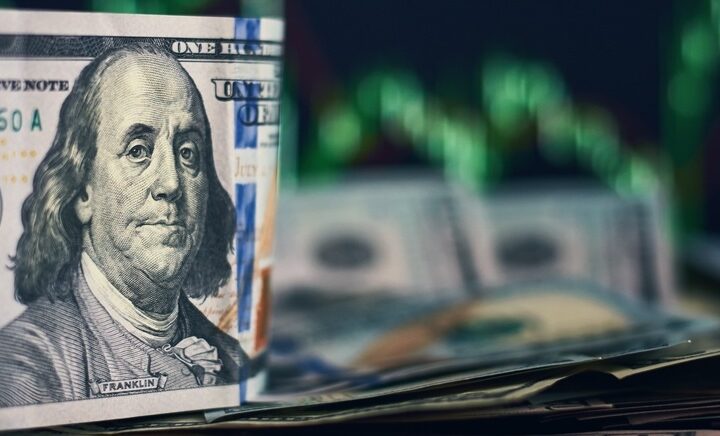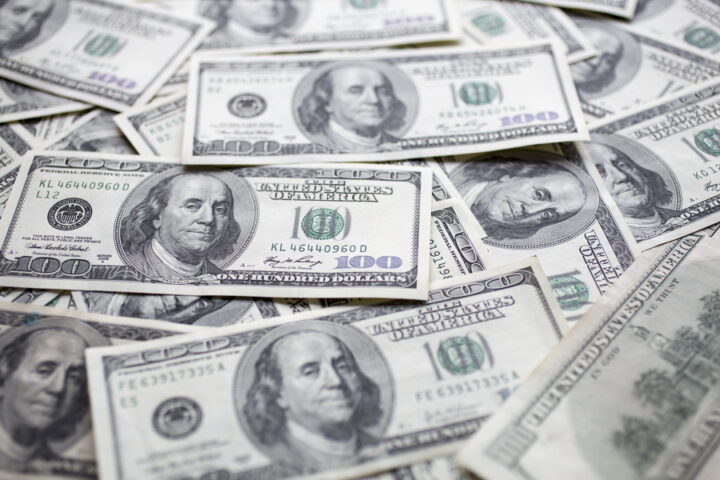The dollar held near multi-year highs against the yen on Monday after surprisingly strong U.S. labour data, but demand for riskier assets was curbed by a mixed bag of Chinese data which pointed to a patchy recovery in the world's second-largest economy.
Commodities prices were caught between growing optimism about more solid demand as the global economy improves and the strengthening dollar, which makes dollar-denominated commodities more expensive for non-dollar holders.
European markets were seen edging higher, with financial spreadbetters predicting London's FTSE 100, Paris's CAC-40 and Frankfurt's DAX would open up about 0.1%.
U.S. stock futures were little changed, pointing to a steady Wall Street start.
The MSCI's broadest index of Asia-Pacific shares outside Japan held steady but was weighed down by a 0.1% drop each in South Korean shares and Shanghai shares.
Chinese economic indicators released over the weekend signalled a looming dilemma for policymakers, as inflation stood at a 10-month high in February while factory output and consumer spending were weaker than forecast.
Australian shares rose 0.5%, hitting a fresh 4-1/2 year high led by financials after the Dow Jones industrial average posted its fourth consecutive record high close on Friday, but weaker metal prices hit mining companies. The commodity-linked Australian dollar eased 0.1% to $1.0221.
In Seoul, investors were jittery amid intensifying tensions with North Korea and as further weakness in the yen threatens South Korean exporters.
The yen's slide bolstered Japanese equities, with the Nikkei stock average closing up 0.5% after hitting a fresh 4-1/2-year high.
U.S. nonfarm payrolls jumped by 236,000 jobs last month, above forecast for a 160,000 gain, while the unemployment rate fell to a four-year low of 7.7% from 7.9%.
The data was unlikely to prompt the Federal Reserve to change its policy settings anytime soon as the U.S. central bank has said it will keep its near-zero rate stance until the unemployment rate falls to 6.5%, as long as inflation does not threaten to top 2.5%.
But brighter growth prospects underpinned the dollar.
The dollar was up 0.1% against the yen at 96.06 , near Friday's peak of 96.60 yen, its highest since August 2009. The euro was trading up 0.2% at 124.98 yen, off a high of 125.98 yen touched on Friday.
Currency speculators boosted their bets in favour of the U.S. dollar in the latest week to the highest in over seven months, while also raising short positions in most other major currencies, such as the yen, the euro and sterling, data from the Commodity Futures Trading Commission showed on Friday.
A report on data flows from EPFR Global sent mixed signals about investors' risk appetite.
Money flowed out of funds tied to gold and cash, and equity funds outgained bond funds overall, while alternative funds and high yield bond funds saw strong inflows. But emerging market equity and bond funds struggled.
U.S. crude was down 0.2% at $91.74 a barrel while Brent fell 0.3% to $110.47. London copper inched up 0.1% to $7,749.75 a tonne. Spot gold edged up 0.2% to $1,581.16 an ounce, off a two-week low hit after the U.S. jobs data, as the Fed was seen retaining its monetary stimulus.







